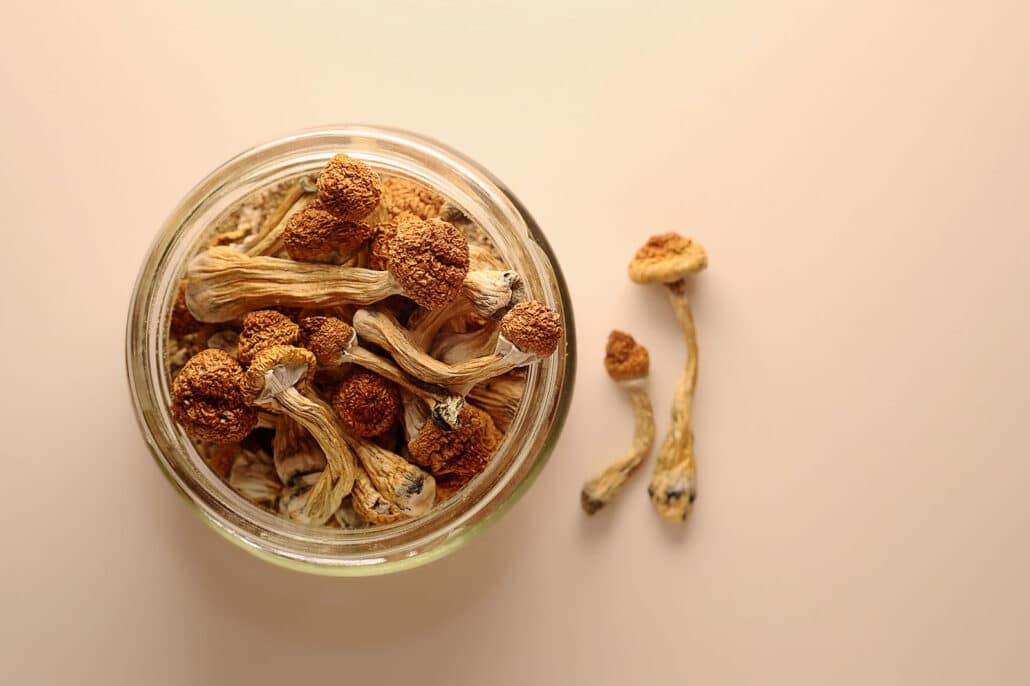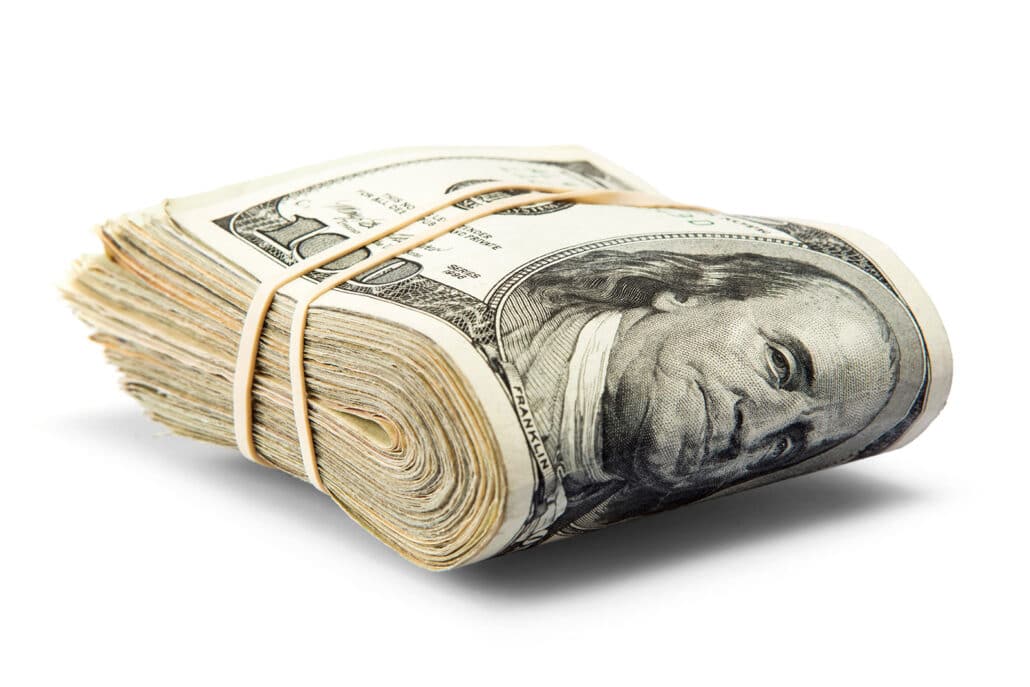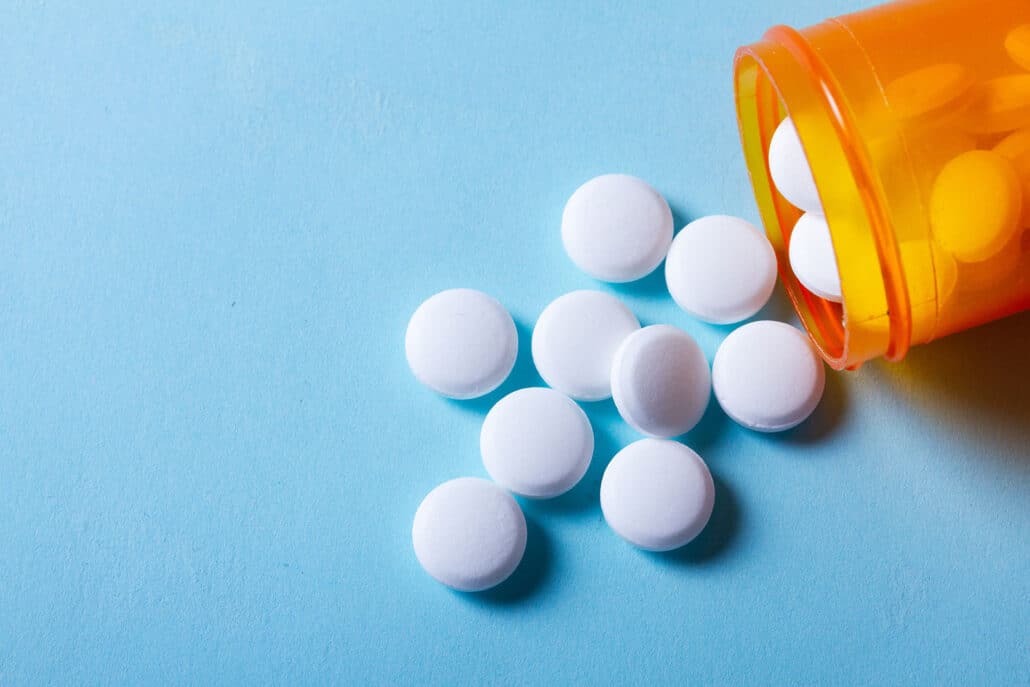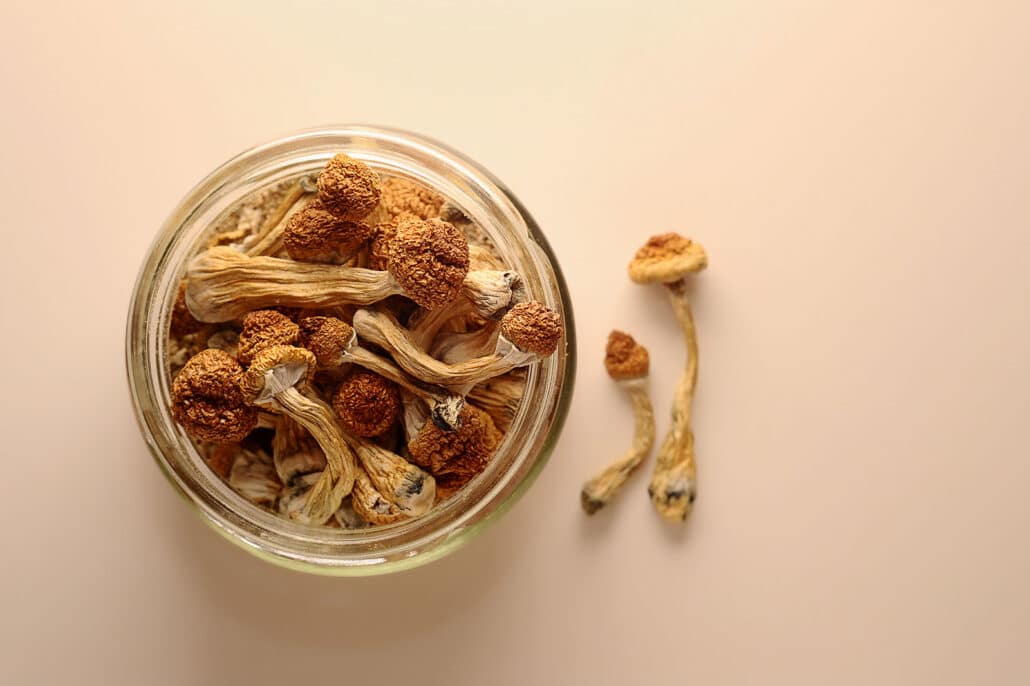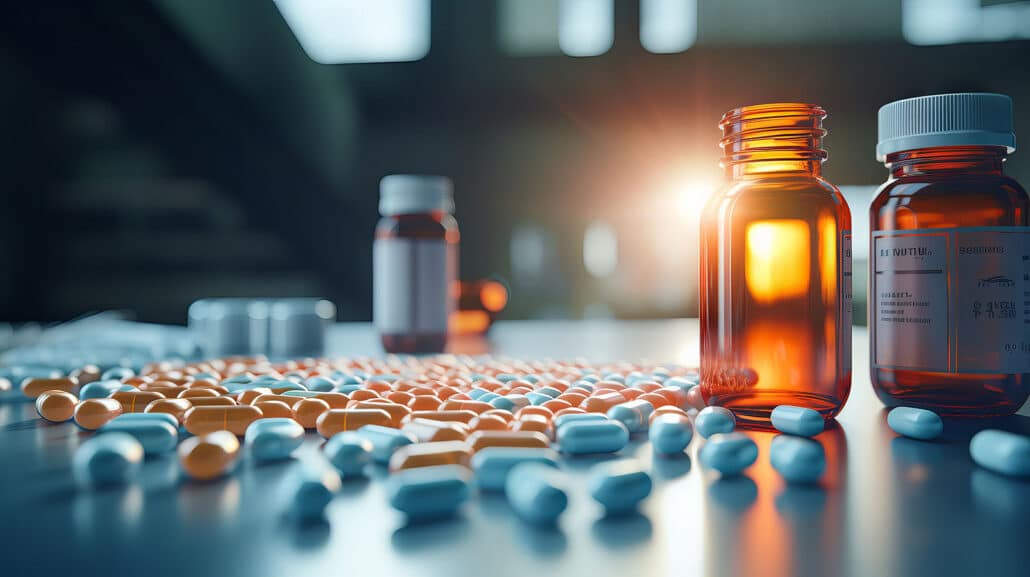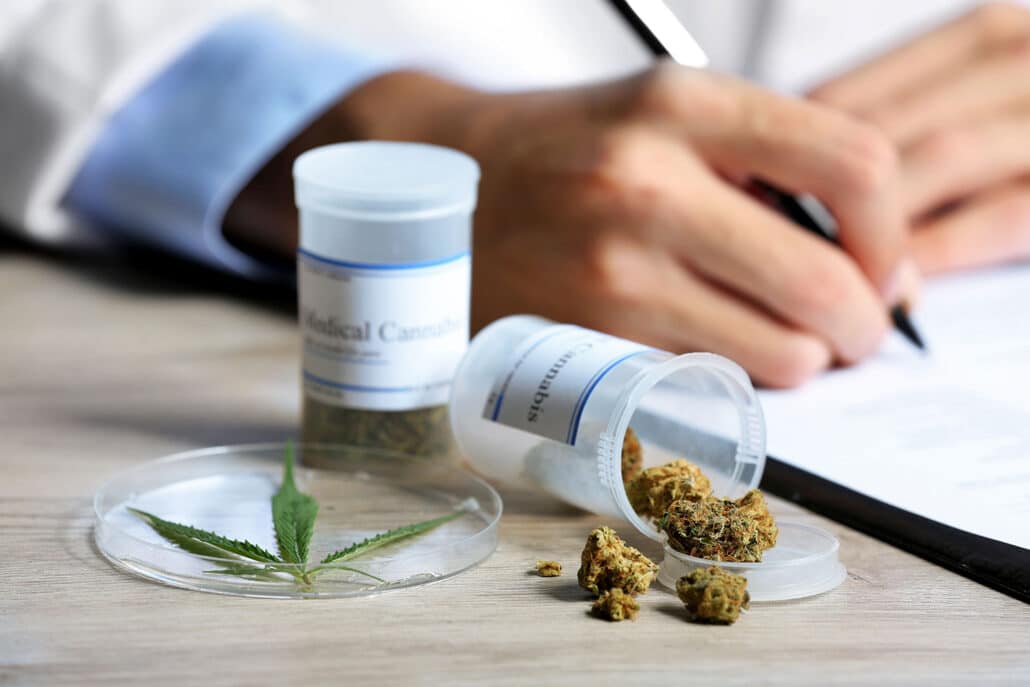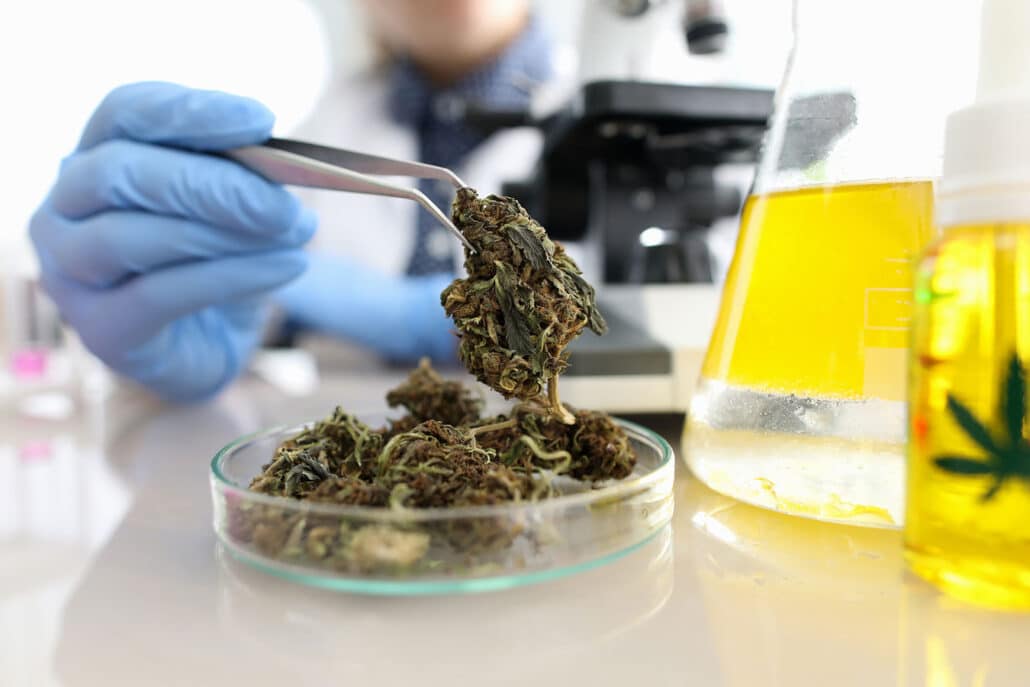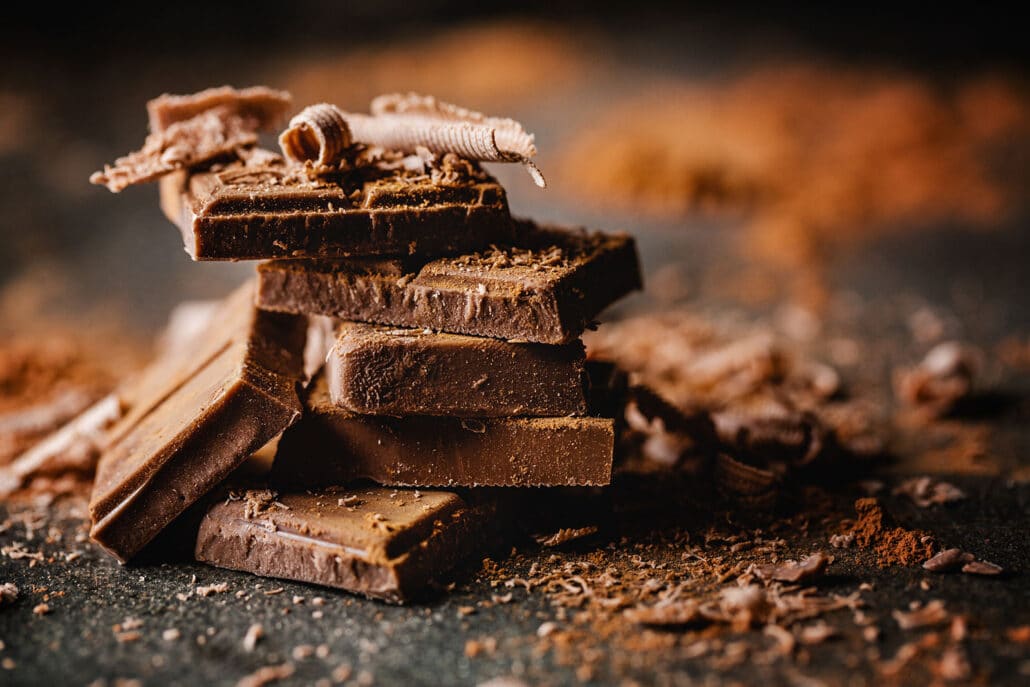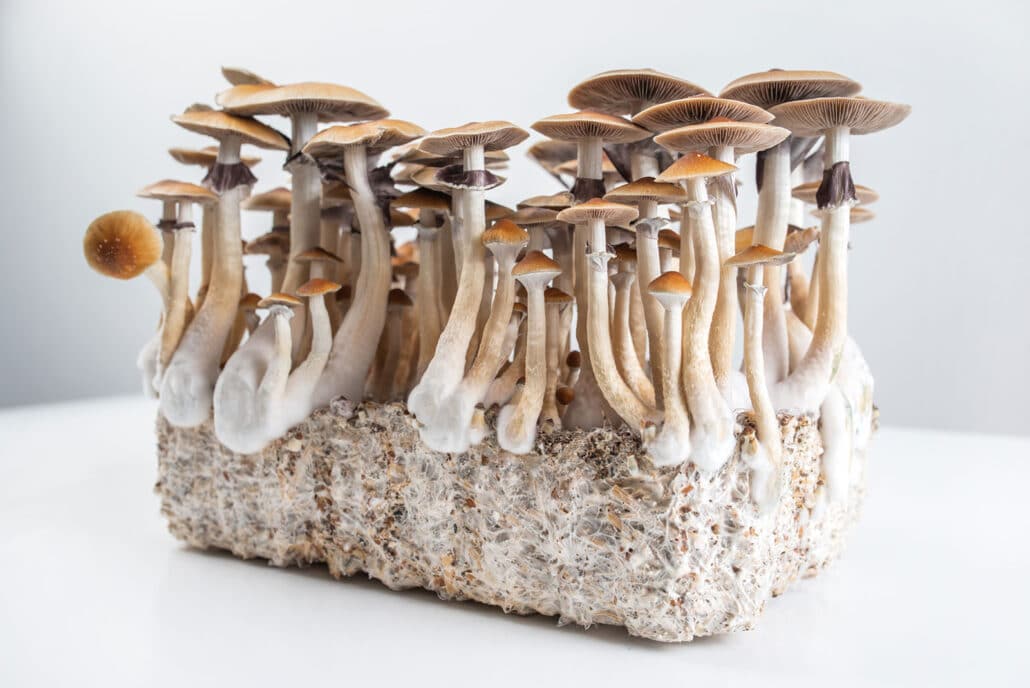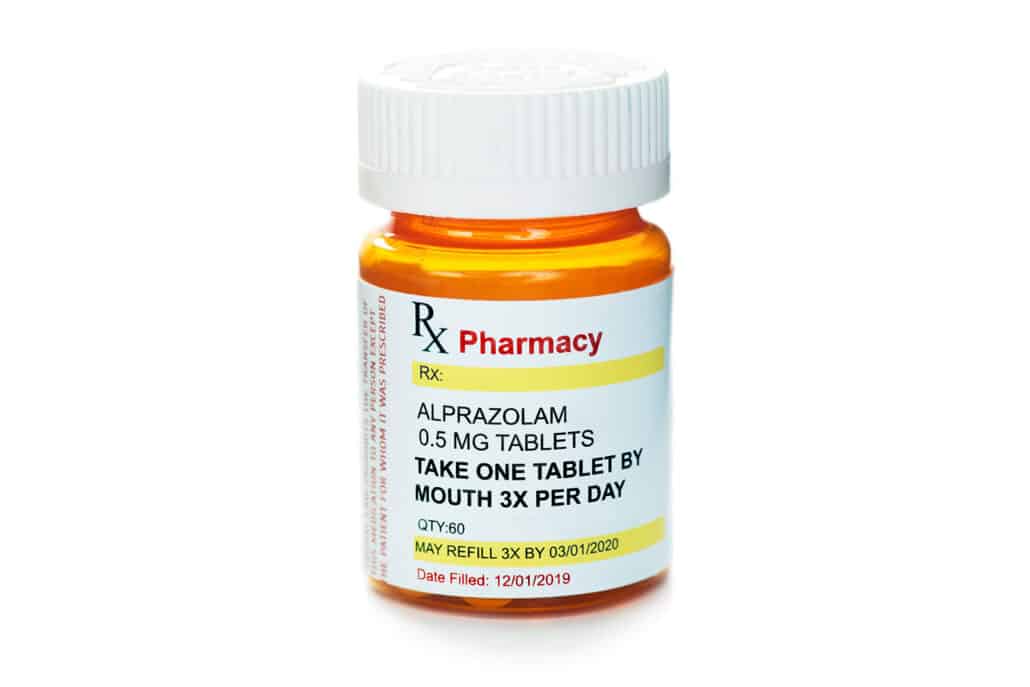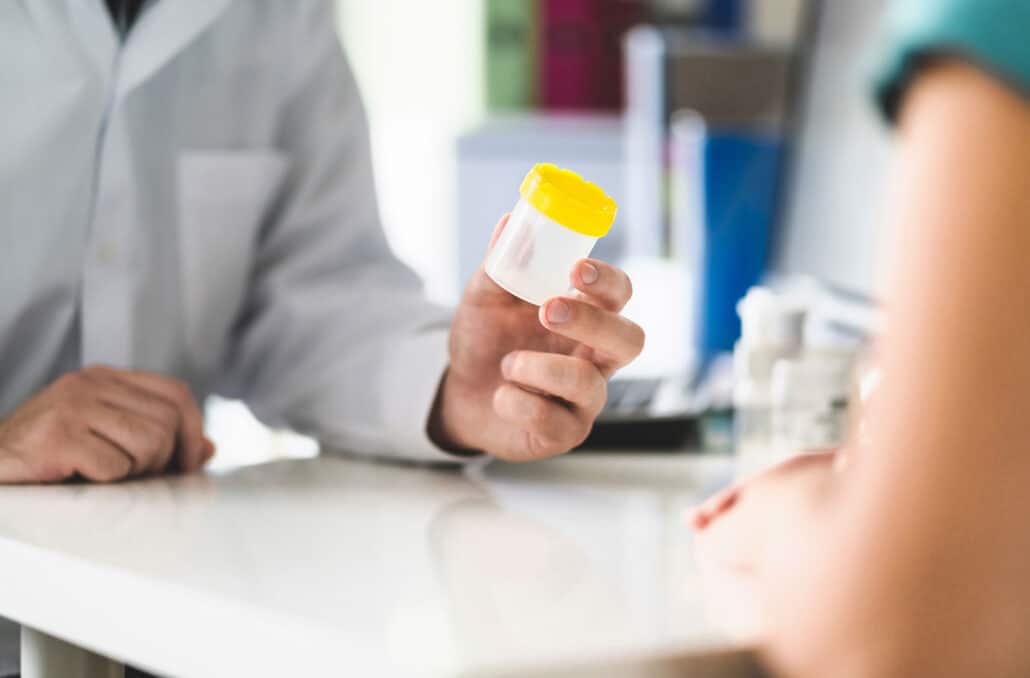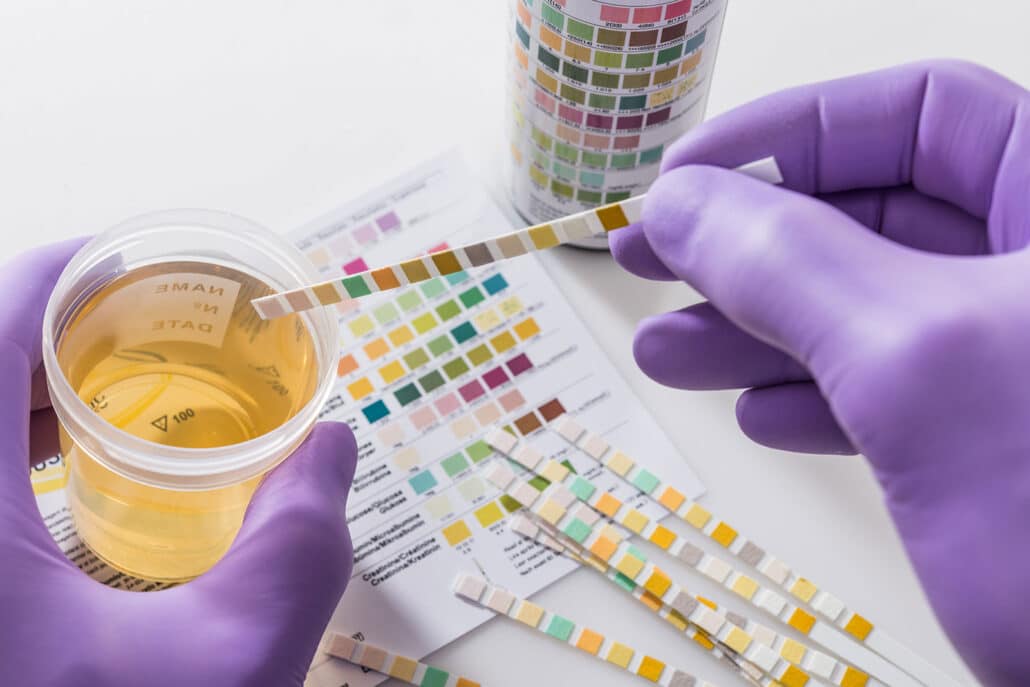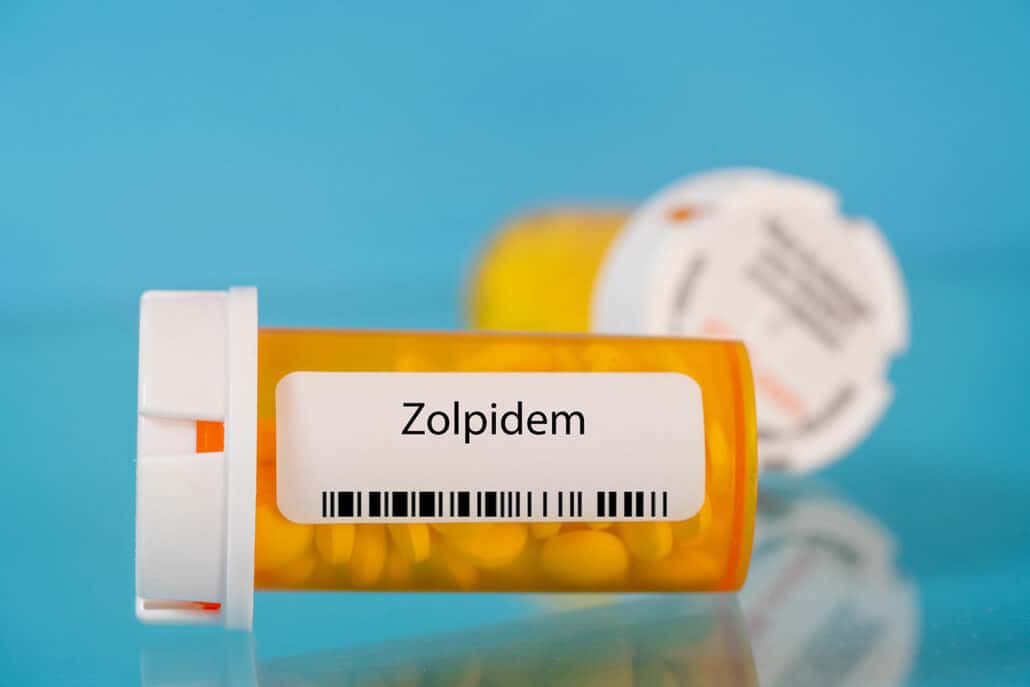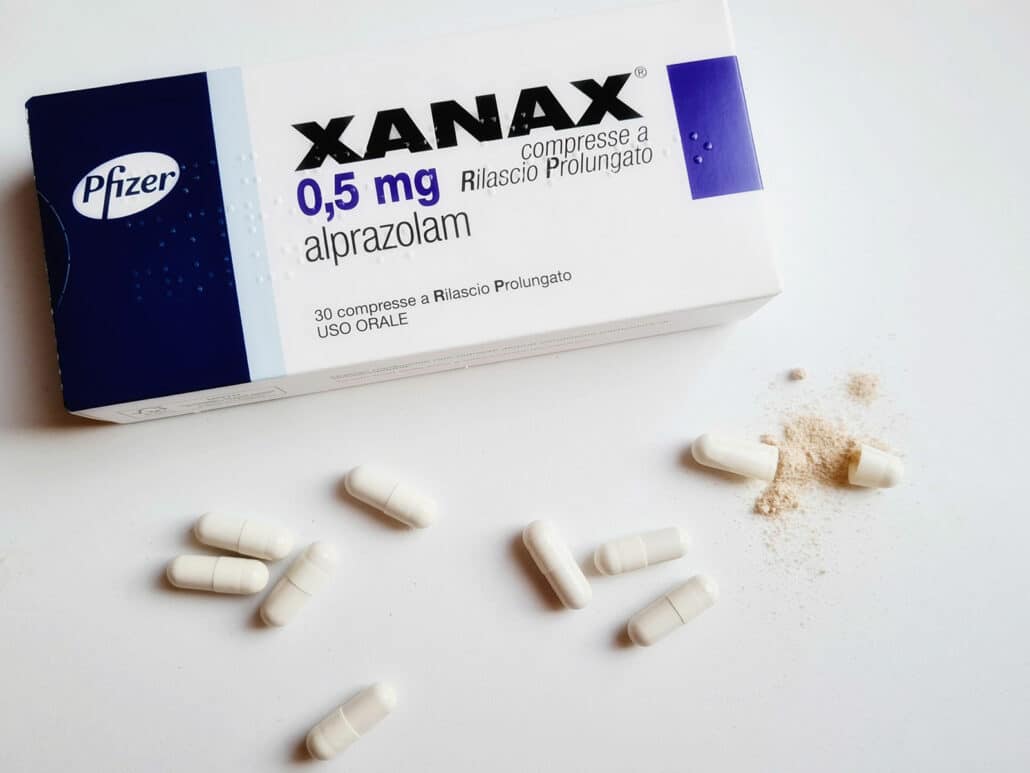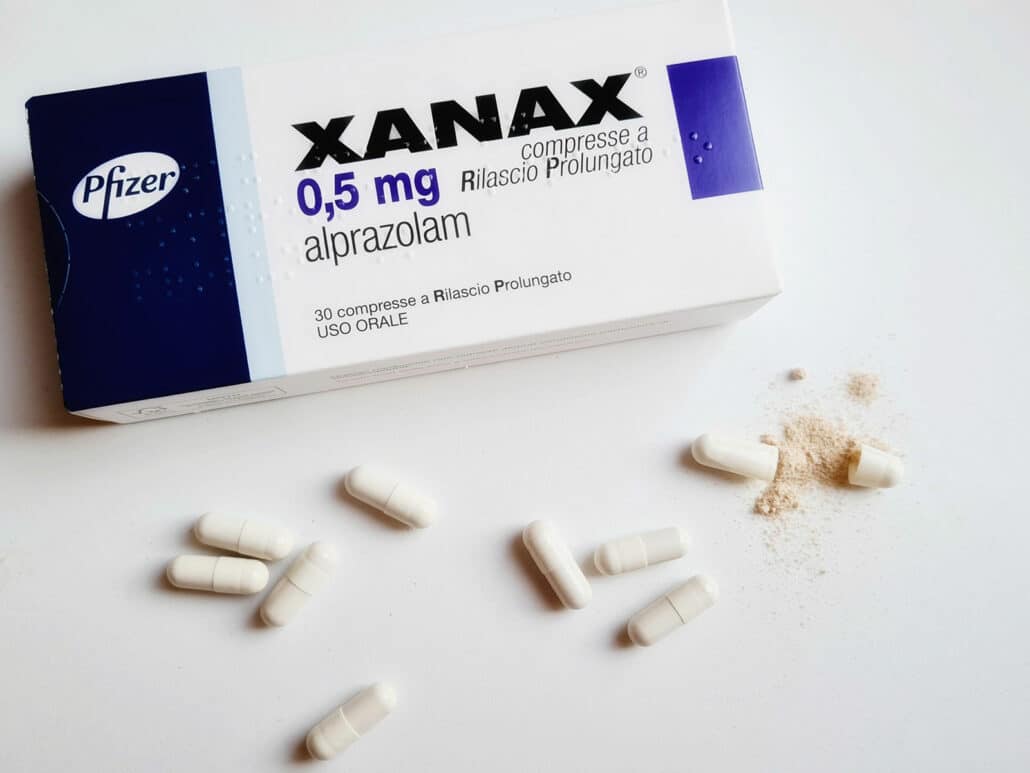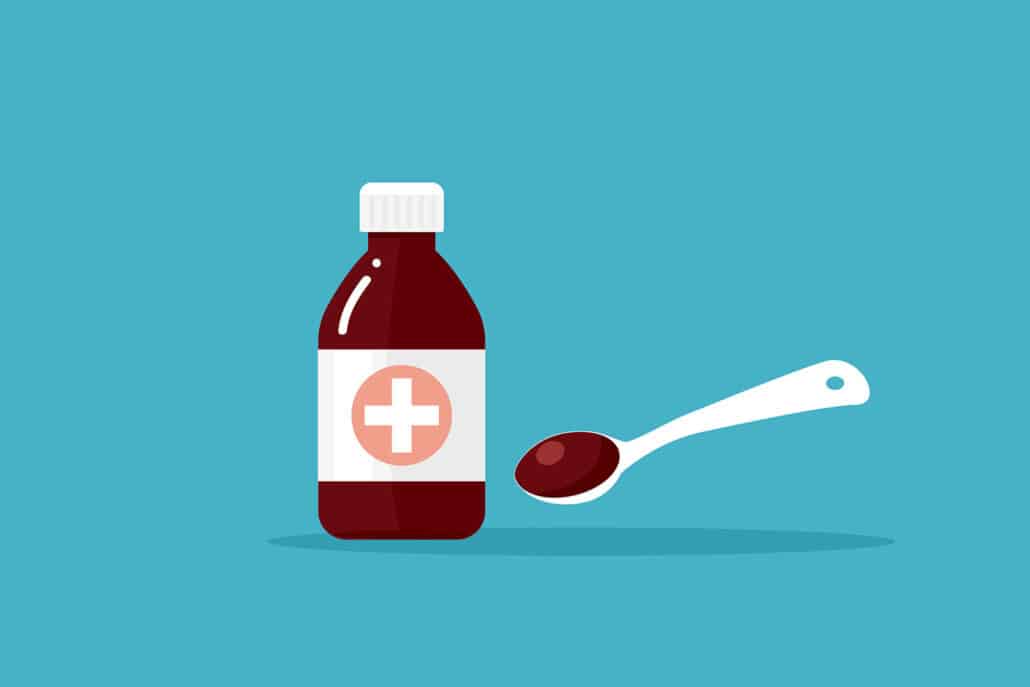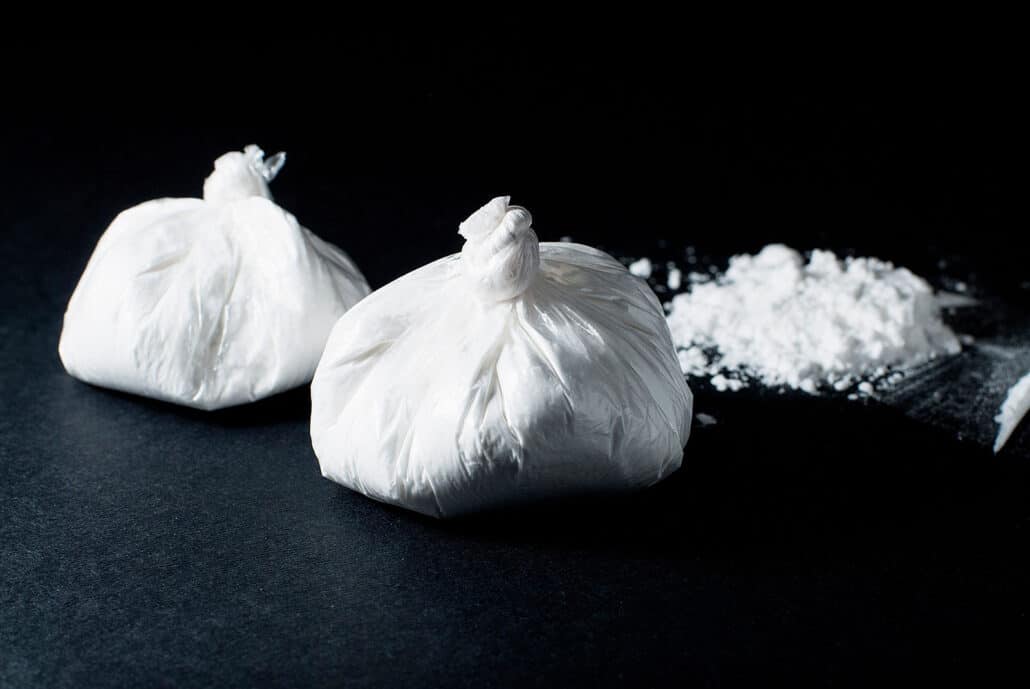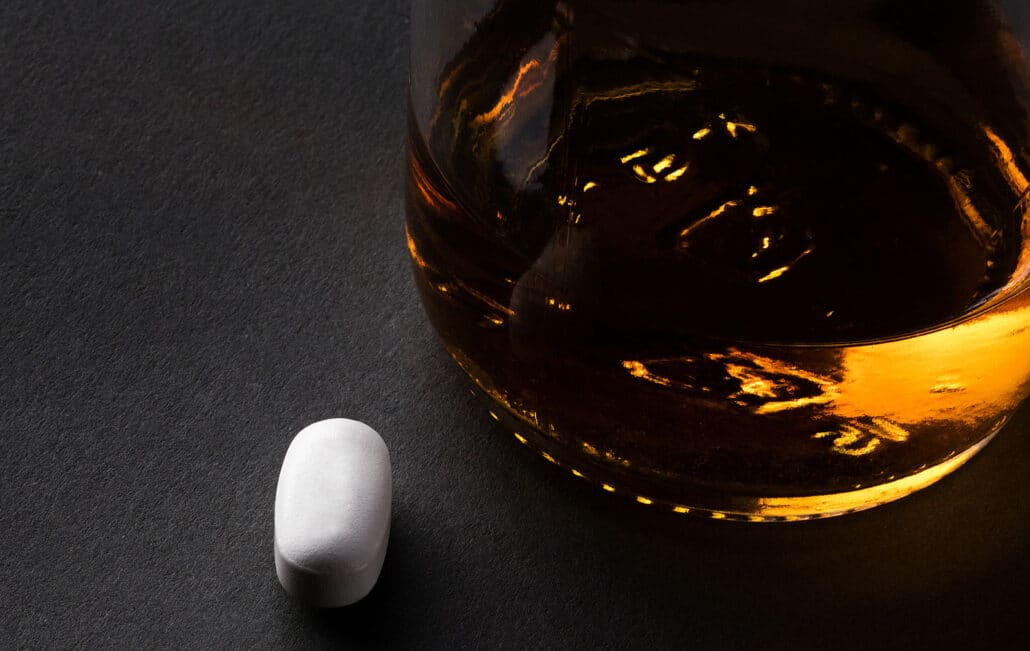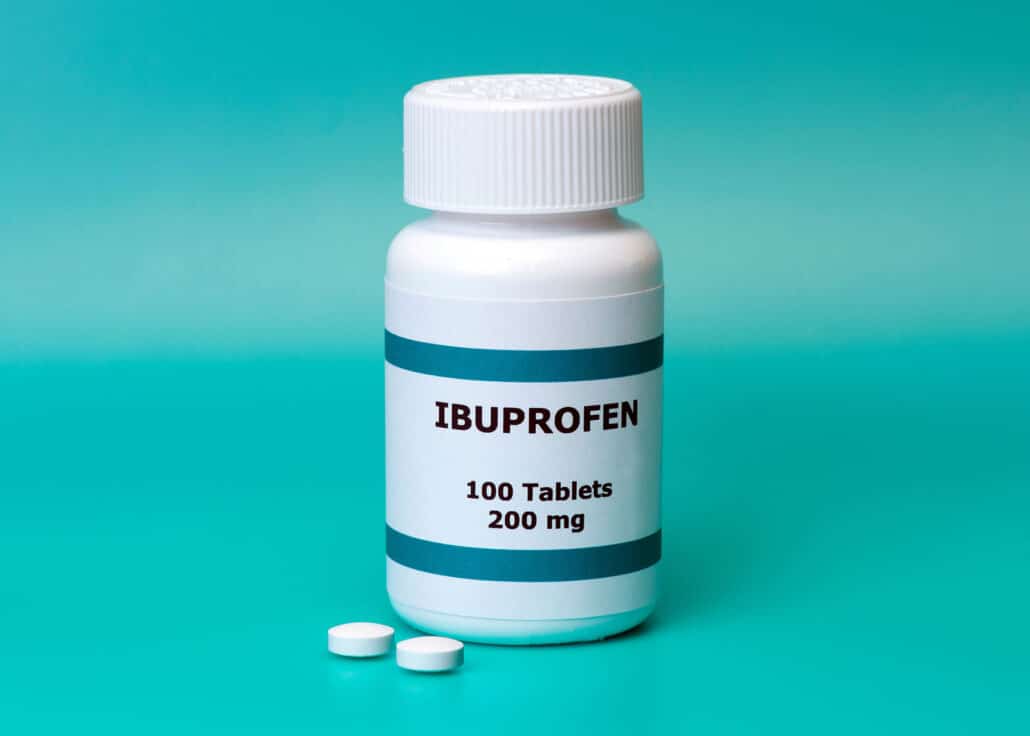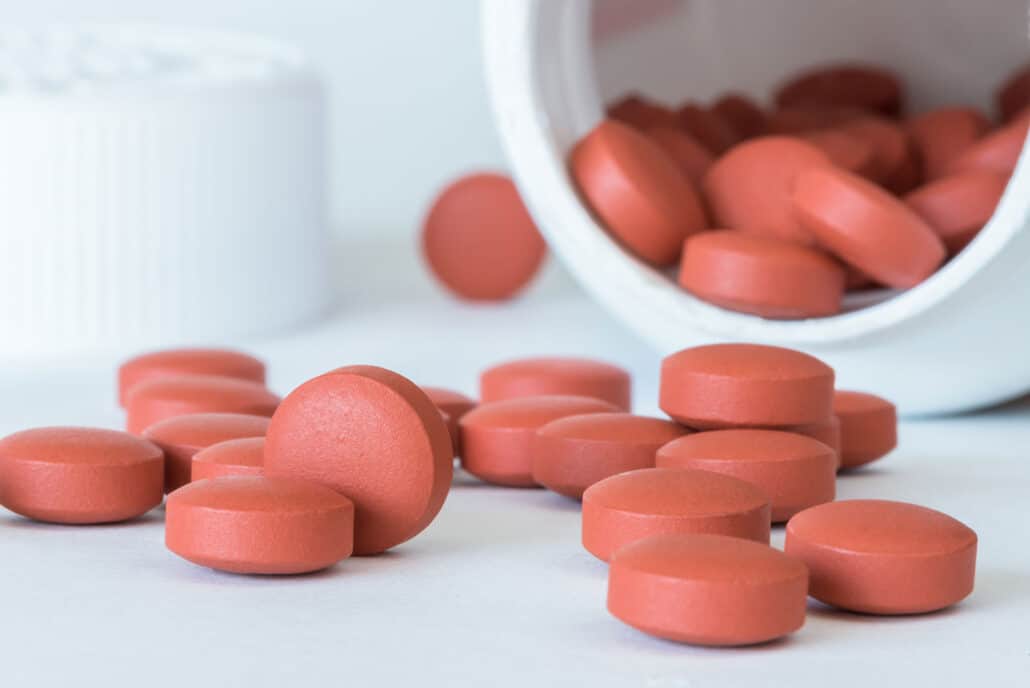While a pandemic gripped the U.S., another kind of epidemic also swept the country. Statistics from the Centers for Disease Control and Prevention (CDC) reported 107,375 deaths from drug overdoses and poisonings in 2021. Approximately 67% of those deaths involved fentanyl or other synthetic opioids. In some cases, fentanyl was mixed with narcotics or methamphetamine, but two milligrams of fentanyl by itself can be lethal.
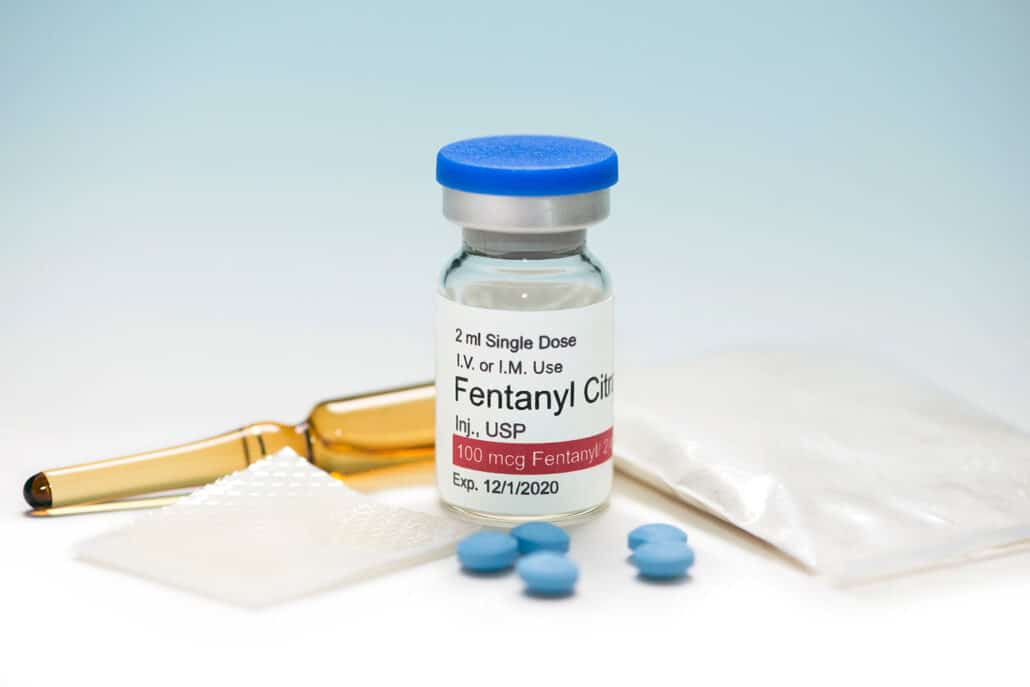
What Is Fentanyl?
Fentanyl is a synthetic opioid used to treat patients with chronic or post-surgical pain. A controlled substance, it is similar to morphine but about 100 times stronger. Even when prescribed by a licensed medical professional, the use of fentanyl requires close supervision to prevent addiction.
Prescription fentanyl can be dangerous and may make its way to the streets, but its content and strength are known. Illicit drugs, made in secret labs or smuggled into the country, have no oversight. Sold as sprays, injections, powders, or pills that look like legal prescription drugs, opioids may be counterfeits or contain lethal combinations and deadly doses.
How Long Does Fentanyl Stay in Your System?
With mild use, fentanyl can stay in your system for one to three days. Residue may show up in hair follicle tests for up to twelve weeks, and blood tests may detect its presence from five to 48 hours after the last use. With frequent use, however, it settles in fat cells or other tissues and takes longer to clear the kidneys.
A 2020 study examined participants in a residential program who tested positive for fentanyl at intake. During a 20-day residential program, they received tests for fentanyl every two or three days. Researchers found that persons with opioid use disorder took longer than the usual span of two to four days to test free of fentanyl. The mean time for fentanyl clearance was around seven days. One participant, however, tested positive for 19 days following the last use.
Fentanyl Facts and Statistics
Information released by the U.S. Drug Enforcement Administration (DEA) shows the staggering effects of opioids throughout the nation:
- The addition of other substances to fentanyl may be accidental or intentional, but it is deadly.
- The low cost of fentanyl leads dealers to mix it with more expensive drugs like heroin and cocaine.
- Makers of illicit drugs follow no set protocol, and results may be haphazard.
- In one study, 42% of fentanyl pills tested contained potentially legal doses.
- Traffickers often sell fentanyl by the kilogram, and one kilogram can potentially kill 500,000 people.
- U.S. deaths caused by synthetic opioids multiplied by 18 times between 2013 and 2020.
- The number of opioid deaths increased during the COVID-19 pandemic.
- In 2020, opioid-related deaths went up 38.1%.
- Deaths caused by synthetic opioid overdoses, mostly illicit, climbed by 55.6% in 2020.
- Fentanyl users may not know if illicit fentanyl contains an overdose or deadly mixture.
What Are the Street Names for Fentanyl?
A Schedule II prescription drug, fentanyl is known in its legal form by brand names like Sublimaze, Actiq, and Duragesic. Names for illicit fentanyl include China Girl, China Town, China White, Apace, Goodfellas, Dance Fever, Tango, Cash, Great Bear, Poison and He-Man. Most illicit fentanyl comes from Mexico.
How Do Opioids Work?
Nerve cells, located in the brain, gut, spinal cord, and other parts of the body, have proteins called opioid receptors. When opioids bind to opioid receptors, the cells release a feel-good chemical called dopamine. This creates a chemical interaction that blocks pain and creates euphoria. Gradually, stronger doses are needed to create the same level of pleasure, starting a cycle that leads to addiction.
What Are the Side Effects of Fentanyl?
Like other opioids, fentanyl can produce a wide range of side effects, including the following:
- Pain relief
- Euphoria
- Sedation
- Relaxation
- Confusion
- Dizziness
- Constricted pupils
- Urinary retention
- Nausea and vomiting
- Depressed breathing
- Loss of consciousness
Pleasure from fentanyl is intense and short-lived. When it is taken, breathing slows down, blood pressure drops, and fainting may occur. Seizures and death are possible.
What Are the Signs of Fentanyl Overdose?
Every day, 136 people in the U.S. die from illicit or prescription opioids. Warning signs of fentanyl overdose overlap with side effects but also include the following:
- Cold, clammy or bluish skin
- Limpness
- Blue lips and fingernails
- Decreased heart rate
- Slow breathing or no breathing
- Coma
An overdose requires immediate emergency care. People who have a history of substance abuse, are middle-aged, or take sedatives face the highest potential of death. Treatments to reverse overdose are available, but they must be administered quickly, especially when breathing is depressed.
Can Fentanyl Overdose Be Reversed?
If not taken as prescribed, opioid overdose can cause the heart to slow down or stop, making it impossible to breathe. Immediate intervention, by administering naloxone or calling 911, can prevent brain damage and death. Naloxone is a medication that reverses opioid overdose. Like opioids, it attaches to opioid receptors; but it blocks and reverses the opioid’s effect.
Naloxone doesn’t work as a treatment for opioid addiction or dependence, and it is not harmful if given to someone without opioids in their system. It is recommended when an opioid overdose is suspected or when warning signs of an overdose are present. It comes as an injection or a nasal spray. The Substance Abuse and Mental Health Administration (SAMHSA) provides a free Opioid Overdose Prevention Toolkit.
Treatment for Fentanyl Addiction
It’s easy to become dependent on fentanyl, but it’s hard to stop using it on your own. If you or a loved one needs help, the team of compassionate and experienced professionals at Long Island Interventions can set up a treatment plan that’s right for you. Contact us today to begin the path to recovery.
FAQ
How does fentanyl make you feel?
How long do pain pills stay in your system?
How long does Fentanyl stay in urine?
Published on: 2024-05-10
Updated on: 2024-06-27


